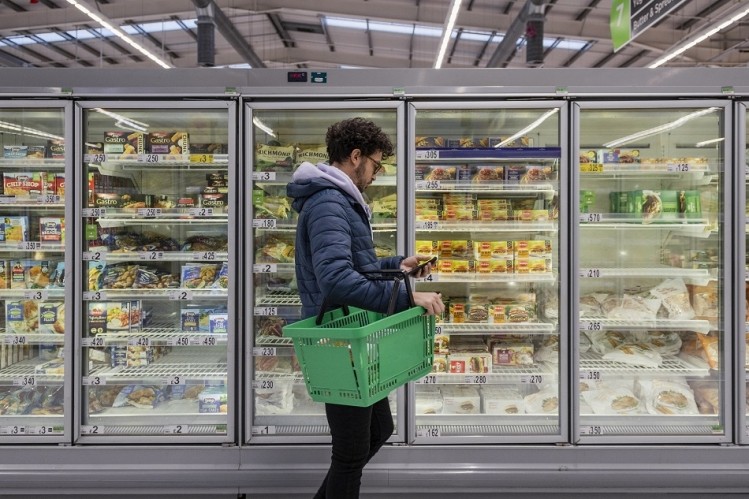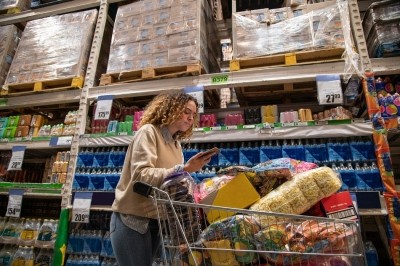Consumers struggle with grocery shortages and rising price of goods, report finds

According to its report, which surveyed 1,000 US adults, 41% reported that their prospective purchases across all retail segments were hindered by shortages in March 2022, an increase from 36% of consumers who reported the same issue in November 2021.
For grocery items and food purchases, reported product shortages were higher than all other categories at 51% in March 2022, up from 43% in September 2021.
The situation increased from January 2022 through March 2022 as consumers increasingly reported a worsening of shortages even as some bottleneck issues in the supply chain eased for many manufacturers.
And while some product categories have overcome many supply chain issues plaguing the industry for nearly two years, the few categories that are still impacted and under pressure account for a relatively large share of consumer spending and therefore are the most disruptive to many shoppers, noted Morning Consult.
Grocery remains most impacted category
Looking across the consumer retail landscape, the report identified grocery -- which accounts for 13% of consumer spending -- as the category most heavily impacted by reported product shortages with 51% of consumers reporting product shortages. By comparison, clothing and apparel was the lowest on the list with 12% of US adults surveyed reporting shortages on products, according to the report.
"The high degree of supply pressure on categories that account for such a large share of spending helps to explain rising concern over the elevated cost of living. Grocery items stood out as having both the most severe impact from shortages in March and the biggest jump since September," noted Morning Consult in its report.
While reported shortages of household items (e.g. home appliances, home improvement supplies, paper goods) have eased or flattened over the past six months, shortages of specific grocery food items have increased 9% since September 2021.
Delivery speed of online orders across most categories were perceived as slower in March vs. April with 33% of consumers reporting that their online grocery/food orders were slower than last month and 43% reporting that delivery speeds were about the same as the previous month.
Consumers increasingly concerned about inflation
Rising inflation also has many consumers worried about their household budgets as the cost of many of their commonly purchased items continues to increase while most incomes have not.
In March 2022, the Consumer Price Index, which measures how much consumers pay for goods, was up 8.5% for all items and up 10% for at-home food purchases compared to one year ago.
"Inflation expectations are above the current pace of annual wage growth, which stood at 5.6% in March according to the Bureau of Labor Statistics. If wage growth does not accelerate, the current level of inflation expectations would imply a decline in purchasing power not only for those on fixed incomes — including many retirees — but also for those relying on wages and salaries as a primary income source," said the report.
The share of US adults who said they were "very concerned" about inflation in March 2022 was 60%, up from 44% six months ago.
By generation, baby boomers were most concerned at 70% followed by Gen Xers at 63%, Millennials at 52%, and Gen Z at 45%.
Expected ongoing price volatility for grocery
Many consumers are also anticipating additional price increases to many of the product categories, with the grocery and food category registering the highest level of anticipated price increases compared to other categories.
According to Morning Consult, 70% of US adults surveyed expect there to be additional prices increases on grocery items over the next 12 months, followed by energy and utilities at 66%.
"The most volatile categories, food and energy, are the ones with the highest share of Americans who expect further increases. Grocery remains substantially affected by supply chain disruptions, whereas energy markets have been roiled by Russia’s invasion of Ukraine and associated sanctions," the reported stated.
Consumer demand remains intact
Even as consumers express concerns over ongoing inflation, the rising price of grocery and food items has yet to impact demand for everyday items vs. big ticket purchases such as housing or a new vehicle.
"Demand for these items tends to be relatively inelastic; as a result, high prices and supply chain disruptions are unlikely to deter purchases for these categories," said the report.

















